The median age of injured conventional bicycle riders was 30 (IQR, 13-53) years vs 39 (IQR, 25-55) years for e-bicyclists (P < .001). Scooter riders had a median age of 11 (IQR, 7-24) years at the time of injury vs 30 (IQR, 20-45) years for e-scooter riders (P < .001) (Table 1 and Figure 3). As a group, those injured from EV accidents were significantly older than those injured from conventional vehicles (age, 31 vs 27 years; P < .001) (eTable 1 in Supplement 1).
e-Bicycles have lowered barriers to cycling for older adults, a group at risk for physical inactivity.9,10 Biking has clear-cut physical and cognitive health benefits for older adults, so this extension of biking accessibility to older e-bicyclists should be considered a boon of the new technology.22,23 However, as injured e-bicycle riders are older than conventional bicyclists, the unique safety considerations for older cyclists should be a focus of ongoing study.
There is a popular conception that ebikes are ridden recklessly on streets and sidewalks by youths, doing dangerous stunts, riding against traffic, not wearing helmets, and incurring serious injury to themselves and others as a result. This conception is often used to justify legislation to restrict or ban ebike use by minors. However, the data suggests quite the opposite, as it is older riders which are racking up injuries.
The data does not support restrictions on ebikes, but rather their wholesale adoption, especially for audiences which are at risk of inactivity or disadvantaged by a lack of transportation options. Ebikes are not at odds with conventional bicycles.
The California Bicycle Coalition offers this succinct summary:
“We think this backlash against e-bikes is the wrong direction for what we want for safer ways for people biking and sharing the road,” said Jared Sanchez, the policy director for the California Bicycle Coalition. “We don’t believe that adding restrictions for people riding e-bikes is the solution.”
They also have a page on how to fight against "bikelash", aka naysayers of bicycles and bikes: https://www.calbike.org/talking-back-to-bikelash/


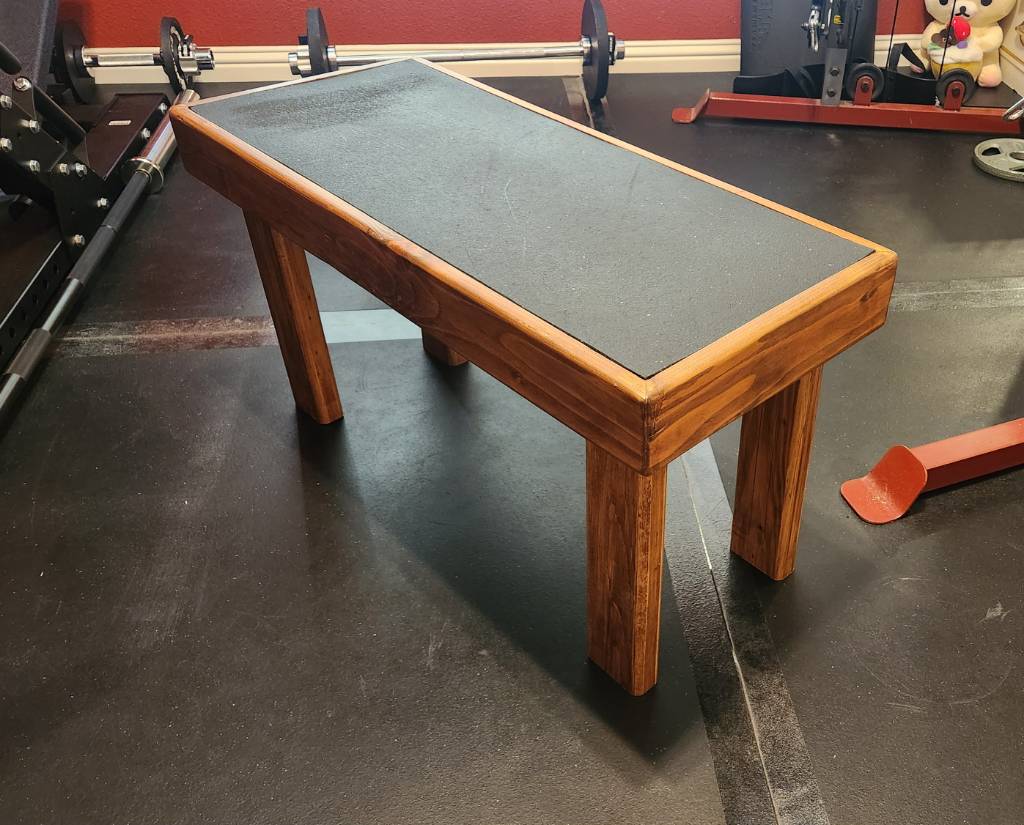









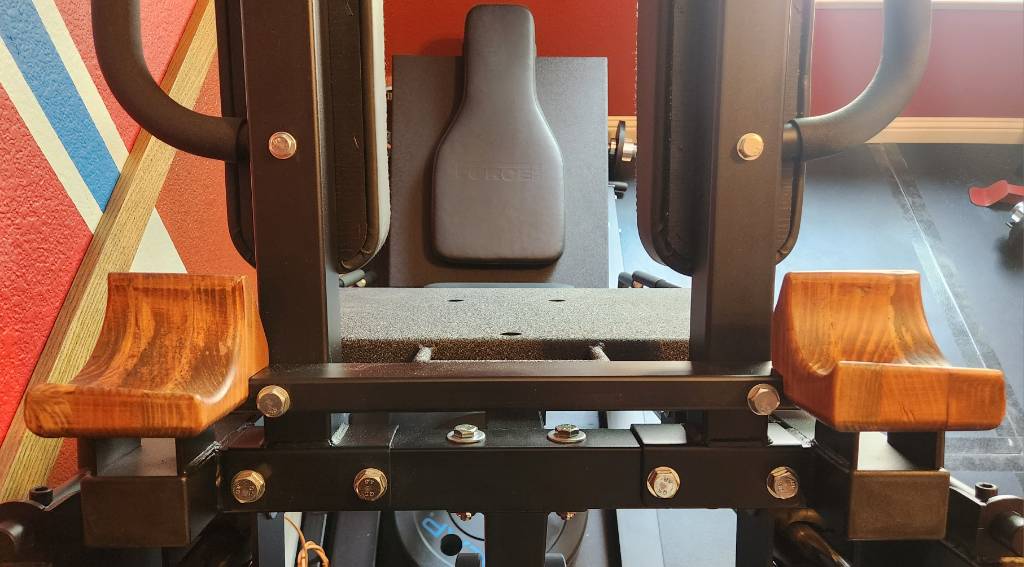
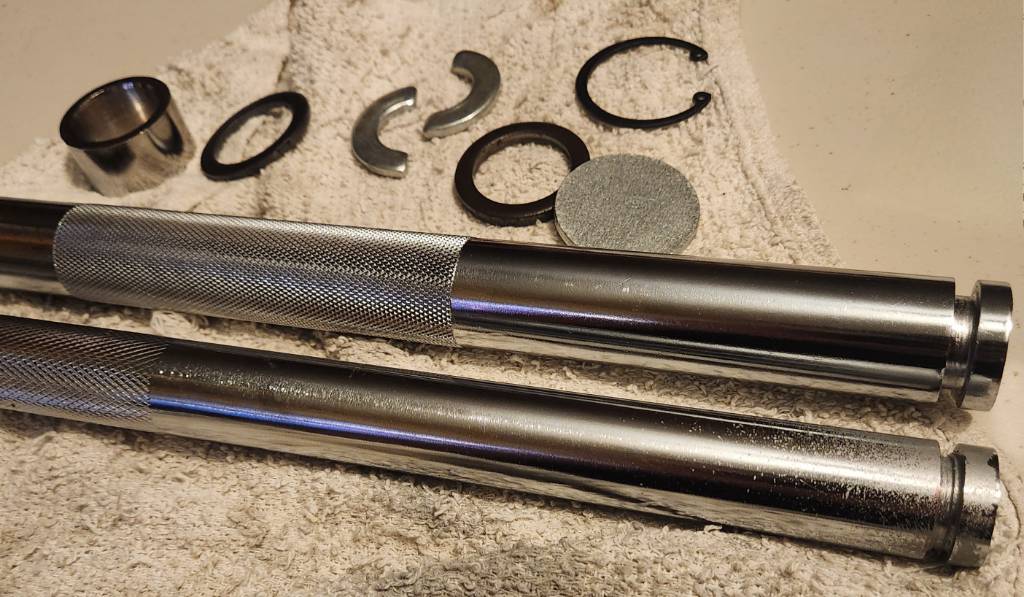
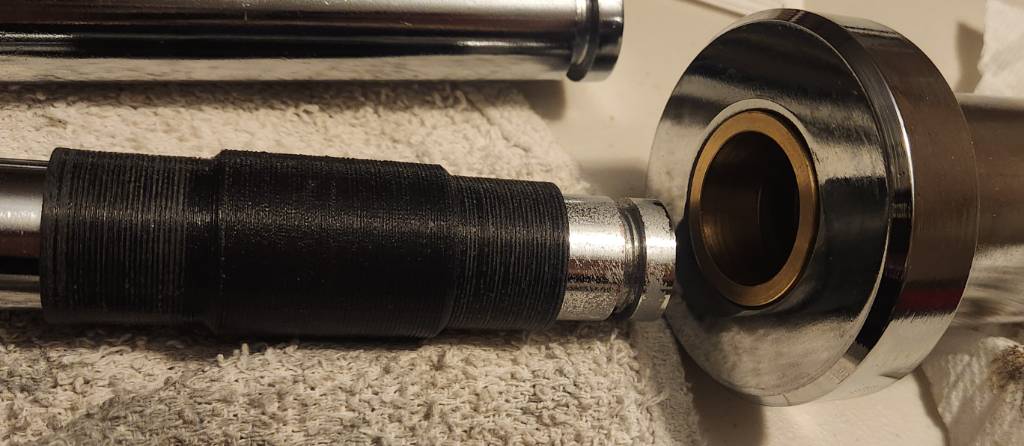
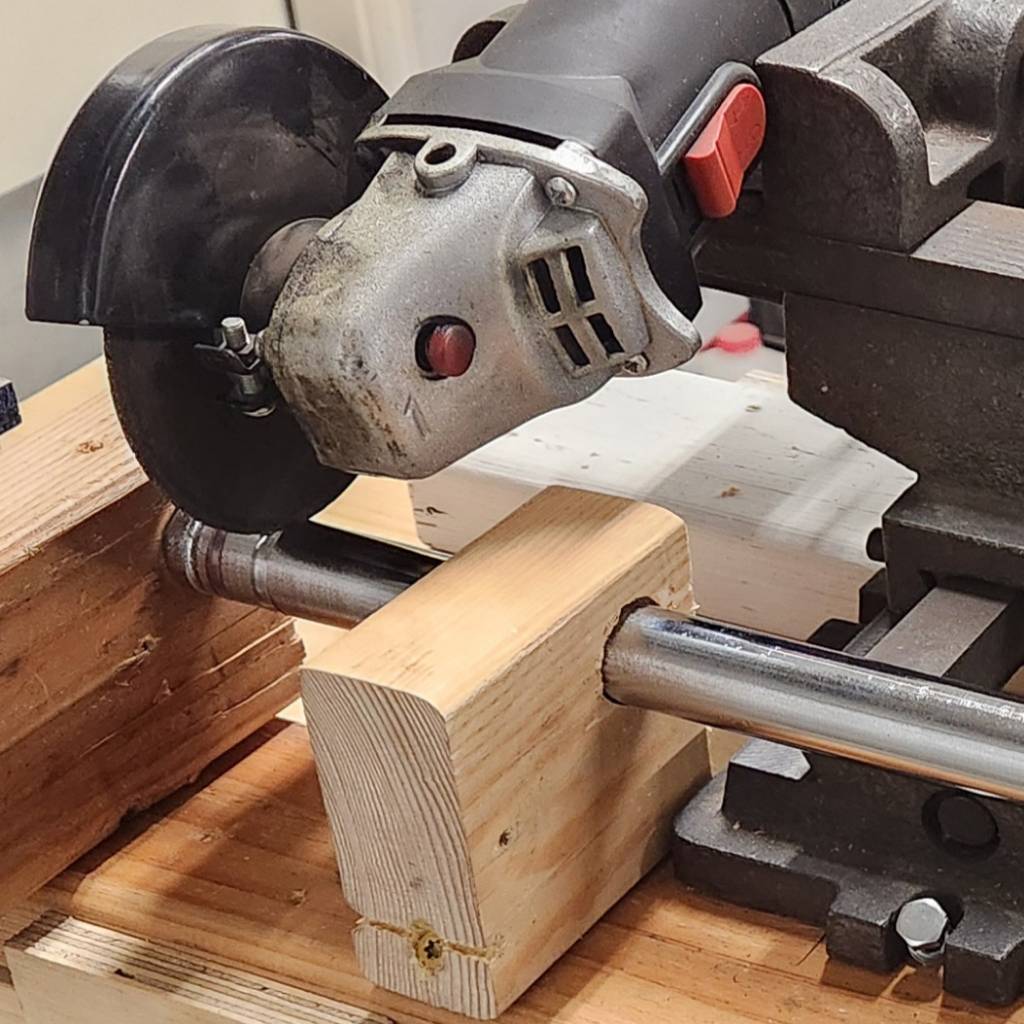





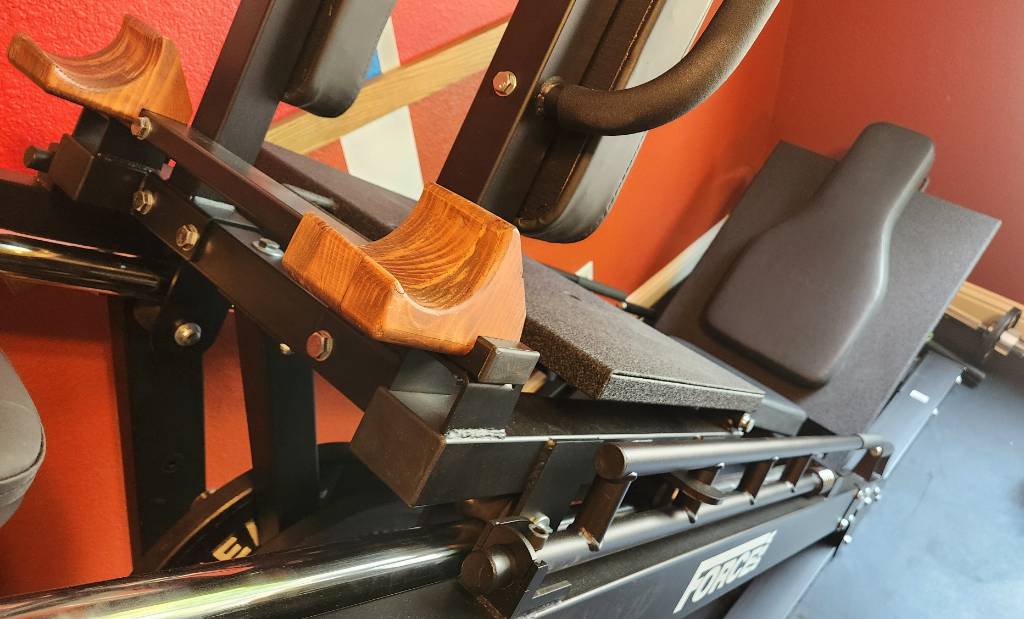

Notwithstanding the possible typo in the title, I think the question is why USA employers would prefer to offer a pension over a 401k, or vice-versa.
For reference, a pension is also known as a defined benefit plan, since an individual has paid into the plan for the minimum amount will be entitled to some known amount of benefit, usually in the form of a fixed stipend for the remainder of their life, and sometimes also health insurance coverage. USA's Social Security system is also sometimes called the public pension, because it does in-fact pay a stipend in old age and requires a certain amount of payments into the fund during one's working years.
Whereas a 401k is uncreatively named after the tax code section which authorized its existence, initially being a deferred compensation mechanism -- aka a way to spread one's income over more time, to reduce the personal taxes owed in a given year -- and then grew into the tax-advantaged defined contribution plan that it is today. That is, it is a vessel for saving money, encouraged by tax advantages and by employer contributions, if any.
The superficial view is that 401k plans overtook pensions because companies wouldn't have to contribute much (or anything at all), shifting retirement costs entirely onto workers. But this is ahistorical since initial 401k plans offered extremely generous employer contribution rates, some approaching 15% matching. Of course, the reasoning then was that the tax savings for the company would exceed that, and so it was a way to increase compensation for top talent. In the 80s and 90s was when the 401k was only just taking hold as a fringe benefit, so you had to have a fairly cushy job to have access to a 401k plan.
Another popular viewpoint is that workers prefer 401k plans because it's more easily inspectable than a massive pension fund, and history has shown how pension funds can be mismanaged into non-existence. This is somewhat true, if US States' teacher pension funds are any indication, although Ontario Teacher's Pension Plan would be the counterpoint. Also, the 401k plan participants at Enron would have something to complain about, as most of the workers funds were invested in the company itself, delivering a double whammy: no job, and no retirement fund.
So to answer the question directly, it is my opinion that the explosion of 401k plans and participants in such plans -- to the point that some US states are enacting automatic 401k plans for workers whose employers don't offer one -- is due to 1) momentum, since more and more employers keep offering them, 2) but more importantly, because brokers and exchanges love managing them.
This is the crux: only employers can legally operate a 401k plan for their employees to participate in. But unless the employer is already a stock trading platform, they are usually ill-equiped to set up an integrated platform that allows workers to choose from a menu of investments which meet the guidelines from the US DOL, plus all other manner of regulatory requirements. Instead, even the largest employers will partner with a financial services company who has expertise on offering a 401k plan, such as Vanguard, Fidelity, Merrill Edge, etc.
Naturally, they'll take a cut on every trade or somehow get compensated, but because of the volume of 401k investments -- most people auto-invest every paycheck -- even small percentages add up quickly. And so, just like the explosion of retail investment where ordinary people could try their hand at day-trading, it's no surprise that brokerages would want to extend their hand to the high volume business of operating 401k plans.
Whereas, how would they make money off a pension fund? Pension funds are multi-billion dollar funds, so they can afford their own brokers to directly buy a whole company in one-shot, with no repeat business.